Mauritius is blessed with a climate that nurtures a year-round harvest of flavorful vegetables. From the misty heights of Plaines Wilhems to the coastal plains, the island’s diverse microclimates offer a stunning array of produce. Knowing what are the locally grown and seasonal vegetables is a first step to make more mindful consumption choices. When we opt for locally grown vegetables, we significantly reduce the carbon footprint associated with transportation, ensuring fresher and more nutritious produce on our plates. By supporting local farmers, we contribute to the preservation of traditional agricultural practices and foster a stronger sense of community. Seasonal eating also encourages variety in our diets, as each season brings forth a distinct array of vegetables, rich in nutrients tailored to our body’s needs. So, let’s take a closer look at some of the local and seasonal gems that you might want to consider during your next grocery shopping excursion! Also, check out our other article about the best grocery stores in Mauritius to buy healthy and organic vegetables! and our article about the best plant nurseries in Mauritius for those with a green thumb.
Photo by Matthias Lemm from Pixabay.
Local vegetables in Mauritius in the Summer season
Chayote, locally known as Chouchou or Christophine
The chayote, affectionately referred to as “Chouchou” or “Christophine,” is cultivated in local gardens and nurtured by the tropical sun. This vine-like plant produces pale green, wrinkled fruits that are a staple in Mauritian cuisine. Harvested young, chayote’s mild flavor makes it a versatile addition to a plethora of dishes. It can be used in salads, stews, and curries. Rich in fiber and low in calories, it adds a delightful crunch to any dish. Beside Mauritius and La Reunion, Chayote also has a significant presence in Latin American cuisine, particularly in countries like Mexico, Costa Rica, and the Caribbean.
Some ideas of chayote recipes :
- Curries – check this Chayote curry recipe.
- Gratins – check this Chayote creamy gratin recipe.
- Enchiladas – check this recipe of cheesy tomatillo chayote squash enchiladas.
- Raw, in salads – check this Asian style crunchy chayote and carot salad recipe, this Chayote curry recipe which replaces the fish with chayote, or replacing the usual cabbage in this Chayote slaw with avocado and cilantro dressing.
Harvesting Season of Chayote: its peak harvesting season aligns with the warm and wet months, from around December to March.
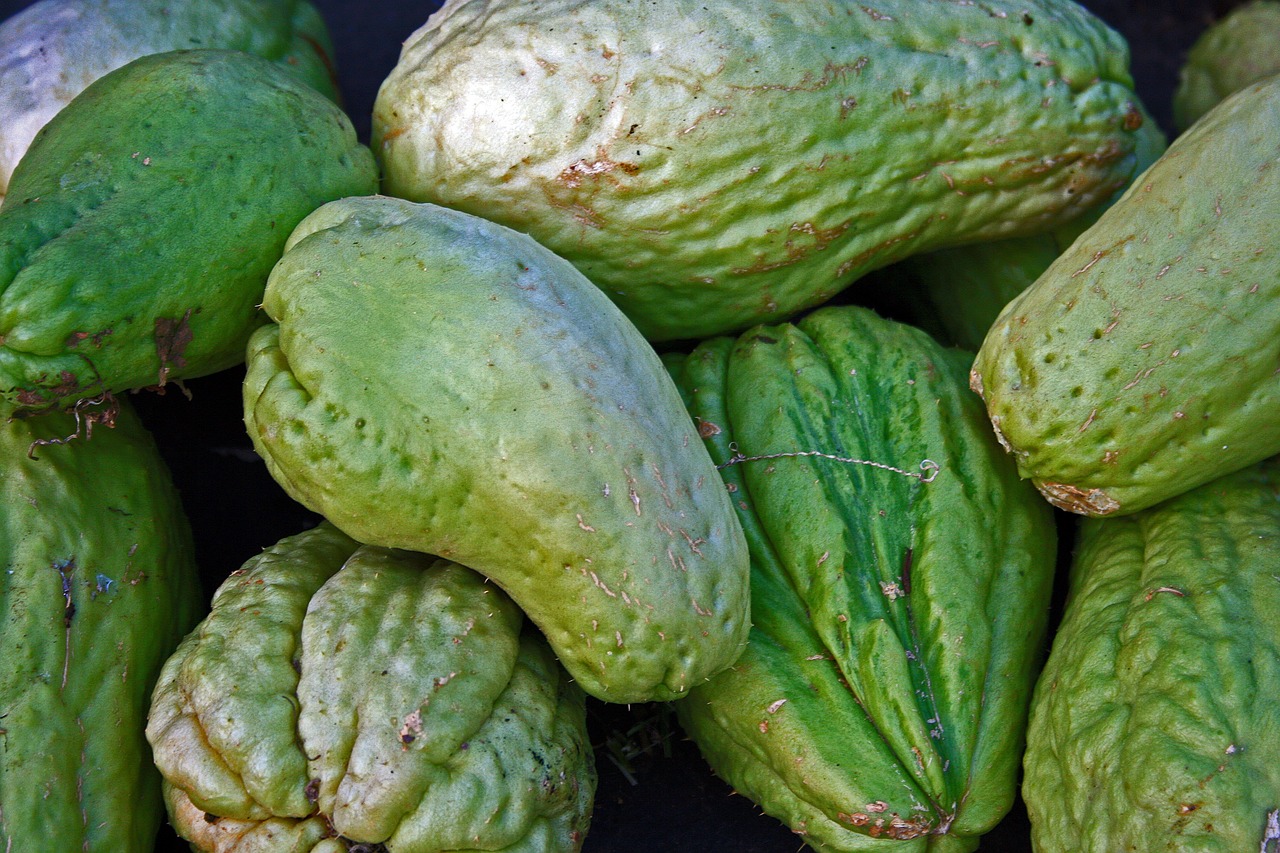
Eggplant, locally known as Aubergine, Bringelle, or Brinzel
The island primarily cultivates the “Long Purple” variety of eggplants, known for its elongated shape and glossy skin. This vegetable’s versatility spans continents – from the Mediterranean to Asia and beyond – making it a cherished ingredient in numerous global cuisines. In Mauritius, eggplants are the star ingredients in a few local dishes.
Some ideas of local eggplant recipes :
- In a chutney : the Rougaille Aubergine is a delicious local spicy roasted eggplant chutney – find here a video in english of the recipe of the Mauritian Rougaille Aubergine.
- In a curry : the Cari Brinzel is an eggplant and fish curry infused with local spices – find here a video in english of the recipe of the Mauritian Cari Brinzel.
Harvesting season of eggplants in Mauritius: the optimal time for harvesting eggplants in Mauritius is from November to March.
Bitter Gourd, locally known as Margrose or Karela
The island primarily harvests the “Momordica Charantia” variety of bitter gourd, renowned for its bitter taste and potential health benefits. Widely cultivated across Asia, particularly in India, China, and Southeast Asia, bitter gourd’s presence in Mauritian cuisine is a testament to the island’s cultural diversity. The particularity of bitter gourd lies in its acquired taste – its bitterness adds complexity to dishes and is believed to have various health properties. In Mauritius, it takes center stage in “Carri Margose,” a flavorful curry enriched with spices and coconut milk, helping balance the bitterness.
Some ideas of recipes with Bitter Gourd:
- In a curry – check this recipe of Mauritian curry with bittergourd or Carri Margose.
- Fried – check this recipe of chrispy fried bittergourd.
Harvesting season of bitter gourd (margrose) in Mauritius: during the warmer and wetter months, from December to April.
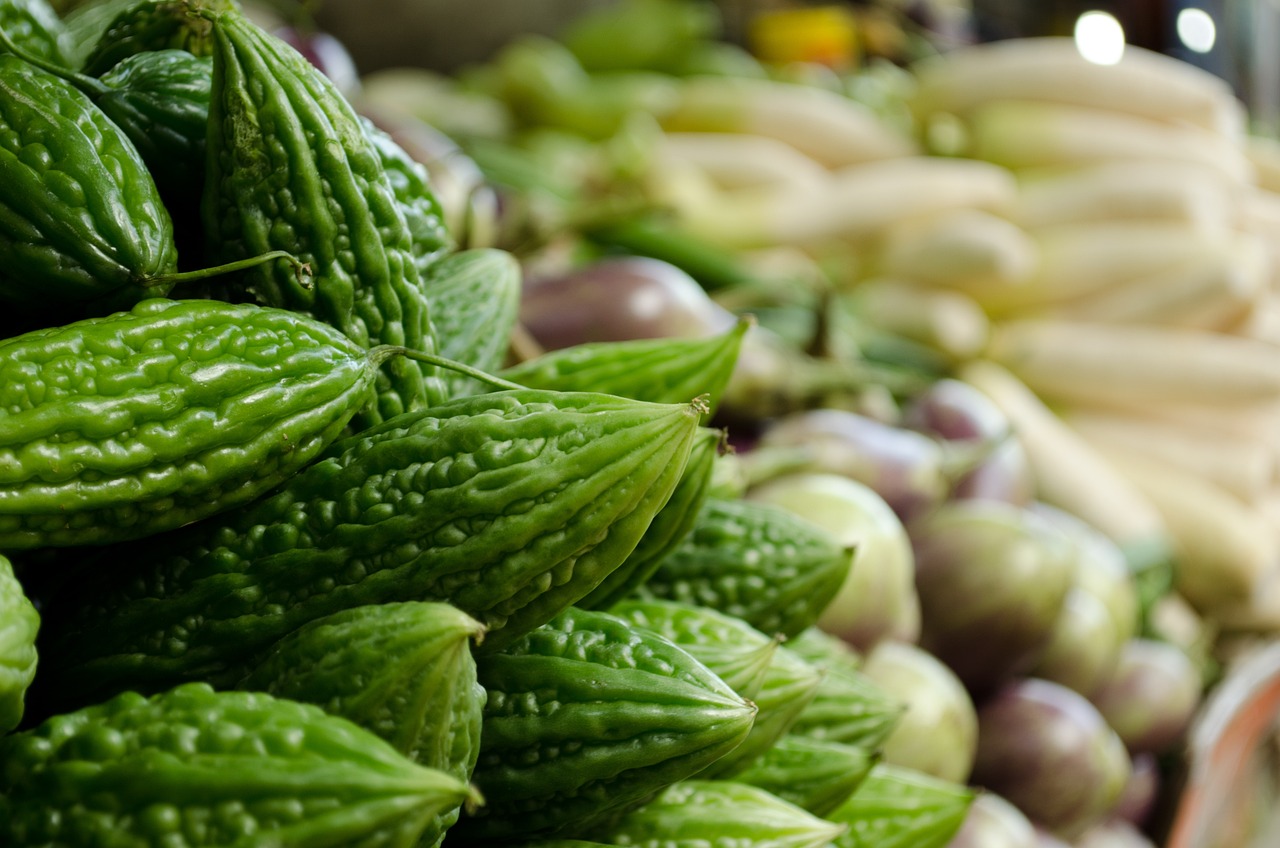
Yardlong Bean, locally known as Pois Long
Yardlong beans, also called Chinese Long Beans and locally known as “Pois Long,” grace the culinary scene of Mauritius with their tender elegance. These elongated beans, harvested at their youthful peak, can offer a delightful crunch to your dishes. Rich in vitamins, minerals, and dietary fiber, these beans embody both health and taste, perfectly suited to stir-fries, salads, and curries alike.
Some ideas of recipes with Yardlong Bean:
- In stir-fries : check this Sichuan style stir-fried Chinese Long Bean recipe.
- In curries: check this recipe of Sri Lankan green bean curry.
Harvesting season of Yardlong Bean in Mauritius: December to April.

Other local vegetables in Mauritius more commonly harvested in the Summer
- White cucumber
- Chilies
- Pingengaille
- Broccoli
- Capsicum (Bell pepper)
- Tomato
- Okra (Gombo)
Local vegetables in Mauritius in the Winter season
Cabbages, locally known as Lichou
While several cabbage varieties thrive on the island, the most common is the classic green cabbage. These leafy gems find their way into a multitude of Mauritian dishes, adding a satisfying crunch and earthy flavor. From the comforting “Cari Chou” – a cabbage curry enriched with aromatic spices – to vibrant salads and stir-fries, cabbages embody adaptability and nutrition in equal measure.
Some ideas of recipes with Lichou:
- In salads: check for example this recipe of Thai cabbage salad.
- In curries: check this local recipe of cabbage curry with potatoes, also known as Touffer Lichou.
Harvesting season of Lichou in Mauritius: during the cooler and dry months from June to September.

Pumpkin, locally known as Giraumon, potiron, or potimarron
The “Giraumon Musqué” variety of pumpkin, known for its sweet and nutty taste, is a common vegetable on the island. This versatile vegetable is cultivated not only in Mauritius but also across the Caribbean and parts of Central America. In the heart of Mauritian kitchens, the giraumon’s particularity shines through its ability to transform into a variety of delightful dishes. Its rich orange hue is a telltale sign of its nutritional bounty, packed with vitamins and antioxidants.
Some ideas of recipes with Giraumon:
- In a gratin or sauteed – check this Giraumon gratin recipe or this one.
- As a soup, the famous pumpkin soup – check this Velouté de Giraumon – Mauritian pumpkin soup recipe.
Harvesting season of pumpkins in Mauritius: typically during the cooler and drier months, from April to June, which align with the island’s autumn and early winter seasons.
Cassava, locally known as Manioc and also known as Yuca
This robust root vegetable, derived from the tropical cassava plant, holds a special place in the hearts and kitchens of Mauritians. Beyond its versatility, cassava brings a host of nutritional benefits to your table, offering a rich source of carbohydrates and dietary fiber.
Besides Mauritius, Cassava is a dietary staple in many African countries, particularly in West and Central Africa, and in Latin America. It is a traditional ingredient in the Carribean cuisines. It’s also part of Indian cuisine, where it is known as “tapioca” or “sabudana” and is used to make dishes like sabudana khichdi and tapioca pearls.
Some ideas of recipes with Lichou:
- In stews: check here a vegan version of the Mauritian Cassava stew, locally known as the Kat Kat Manioc.
- As a sweet cake: check a recipe for the famous Mauritian cassava cake, locally known as Pudding Manioc/ Gateau Manioc here.
- As fritters or fries: check this cassava fries recipe.
- In a curry: check this recipe of Spiced Bombay Yuca curry.
Harvesting season of Lichou in Mauritius: during the cooler and dry months from June to September.
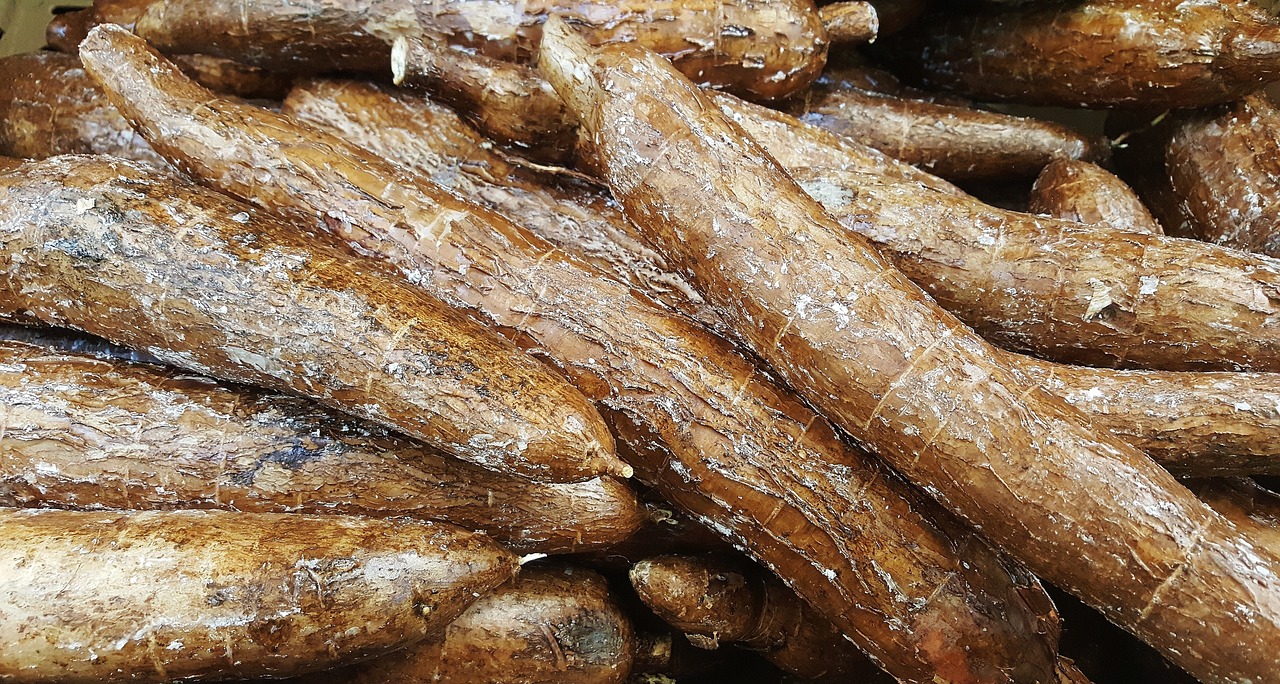
Calebasse, also known as Bottle Gourd or "Lichou"
Calebasse, also known as Bottle Gourd or Lichou, is a beloved ingredient deeply rooted in the culinary traditions of Mauritius. This versatile vegetable thrives in the island’s tropical climate, with its harvesting season spanning the cooler and dry months from June to September. Known for its mild flavor and tender texture, Calebasse is cherished for its versatility in Mauritian cuisine.
Beyond Mauritius, Calebasse enjoys popularity across various cultures. In India, it is known as “Lauki” or “Dudhi,” and features prominently in dishes like Lauki ki Sabzi and Lauki Kofta. In Southeast Asia, it is prized for its culinary adaptability, used in soups, curries, and stir-fries.
Calebasse offers not only culinary versatility but also nutritional benefits. It is low in calories and rich in essential nutrients such as vitamins C and B, as well as minerals like calcium, magnesium, and iron. Its high water content makes it refreshing and hydrating, particularly during hot weather.It is valued for its medicinal properties in traditional medicine, believed to aid digestion, promote hydration, and support overall well-being.
Some ideas of recipes with Calebasse :
- In curries: find here an indian-style curry cooked with bottle gourd as the star ingredient
- As fritters: find here a recipe for bottle gourd fritters, also called pakoras
- As a side dish: find here a Tamil style Sorakkai Poriyal recipe, perfect for a side dish
- As a chutney: find here a recipe for a bottle gourd chutney
Harvesting season of Calebasse in Mauritius: during the cooler and dry months from June to September.
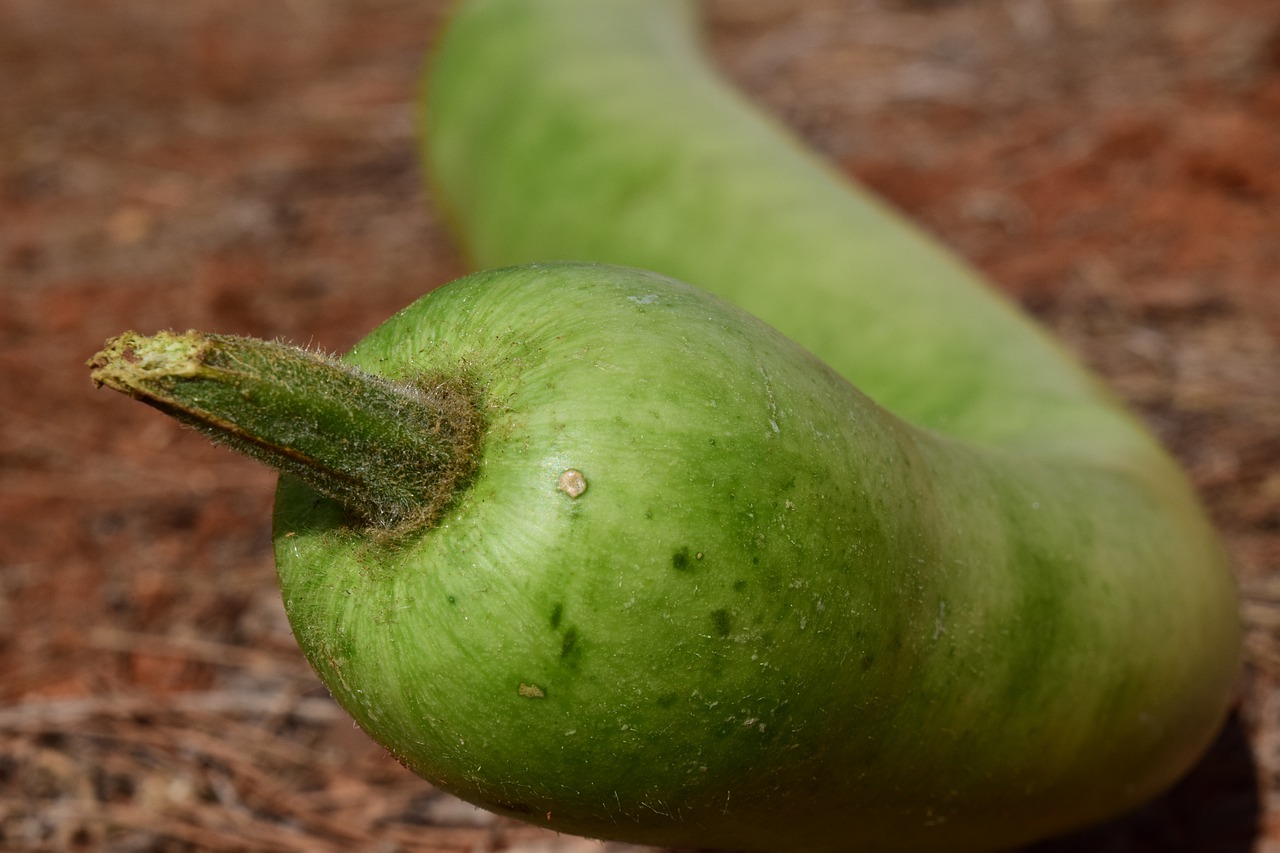
Arouille, also known as Taro or Yam
Arouille, also known as Taro, is a root vegetable which holds a special place in Mauritian kitchens, with its distinctively nutty flavor and starchy texture, offering both versatility and nutritional benefits.
Beyond its native roots in Mauritius, Arouille enjoys popularity across various culinary traditions globally. It is a staple in many Asian cuisines, particularly in dishes such as Taro Cake and Taro Dumplings in Chinese cuisine, as well as in Hawaiian cuisine where it is used in traditional dishes like Poi.
Nutritionally, Arouille is rich in dietary fiber, vitamins, and minerals such as potassium and vitamin C. Its dense, creamy flesh makes it suitable for a wide range of culinary preparations, from savory stews and curries to sweet desserts and snacks.
Some ideas of recipes with arouille:
- As a fritter : Gato Arouille or Taro Fritter is a common snack in Mauritius. Often mixed in Mauritius with herbs and spices, then fried to create crispy and flavorful fritters, enjoyed as appetizers or snacks. You may find it in some restaurants. Find here a recipe for the Gato Arouille.
- In a curry: find here a recipe of a Kerala style curry with arouille.
Apart from its culinary uses, Arouille holds cultural significance in Mauritius, often featured in traditional ceremonies and celebrations. It is also valued for its potential health benefits, believed to support digestive health and provide sustained energy due to its complex carbohydrates.
Harvesting season of Arouille in Mauritius: during the cooler and dry months from June to September.
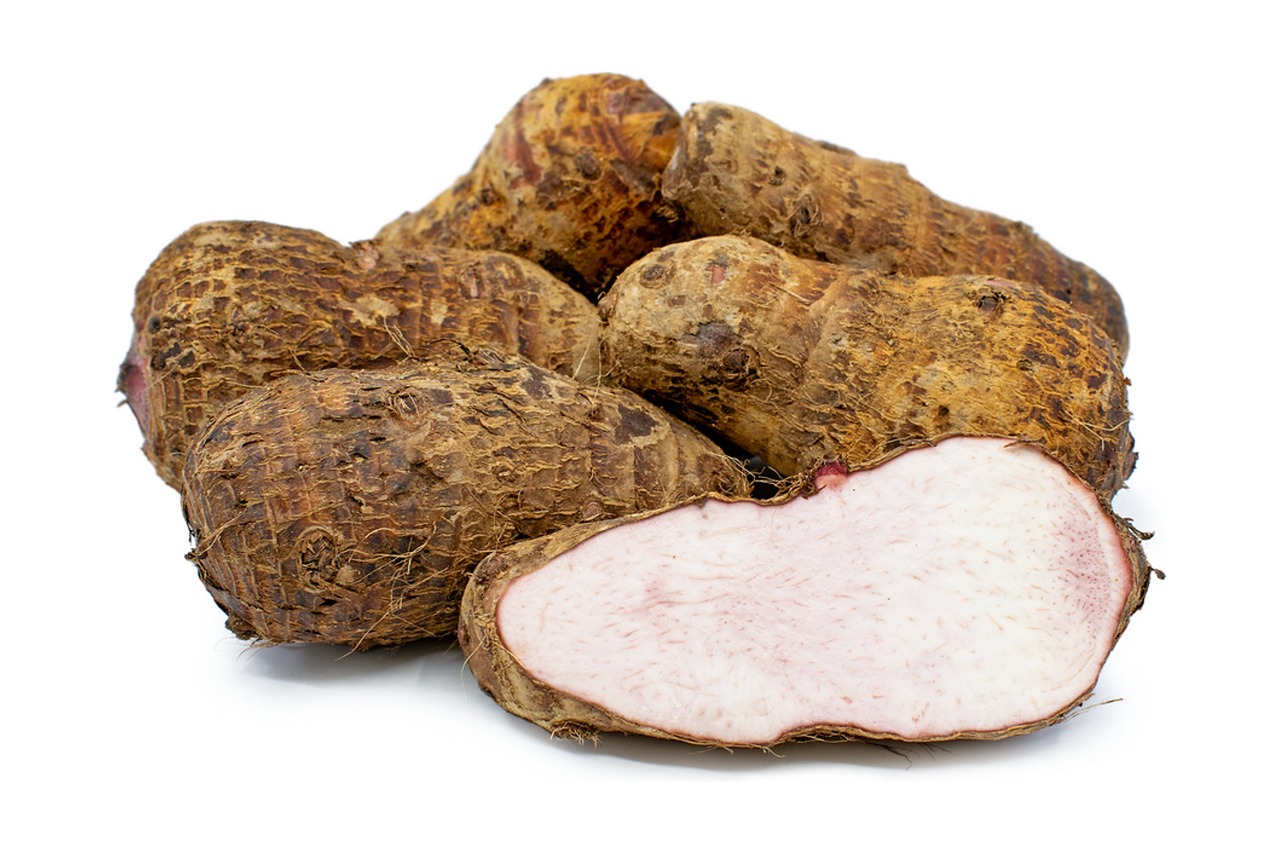
Other local vegetables in Mauritius more commonly harvested in the Winter
- Spinach (Brede Épinard)
- Corn (Maize)
- Turnip
- Sweet potatoes

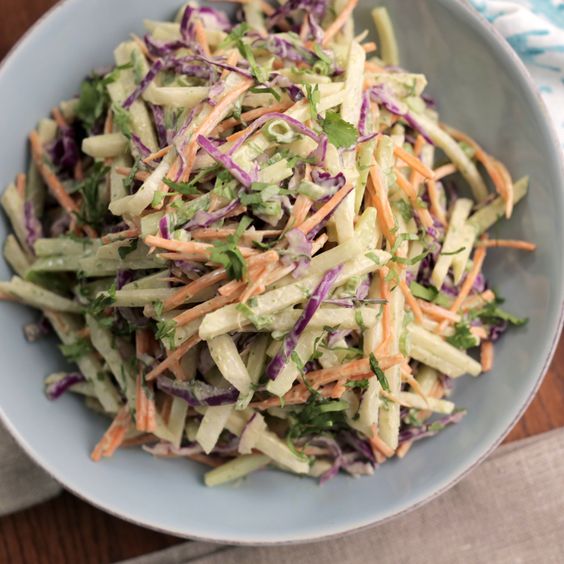

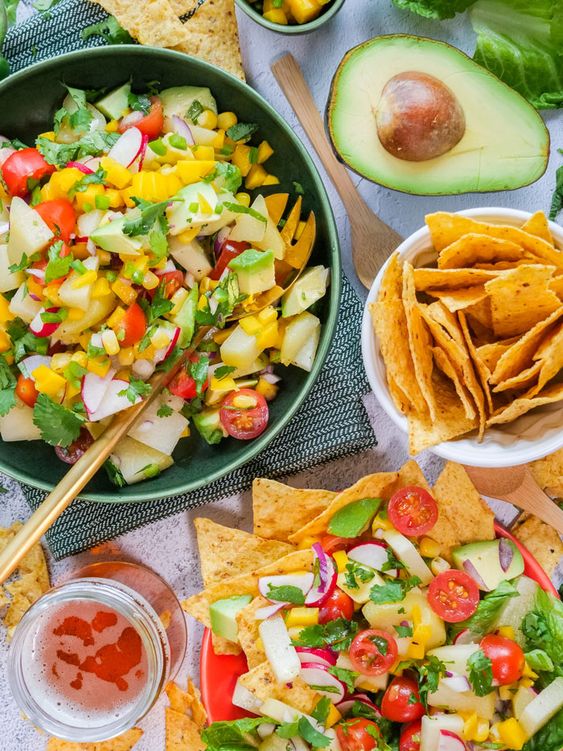
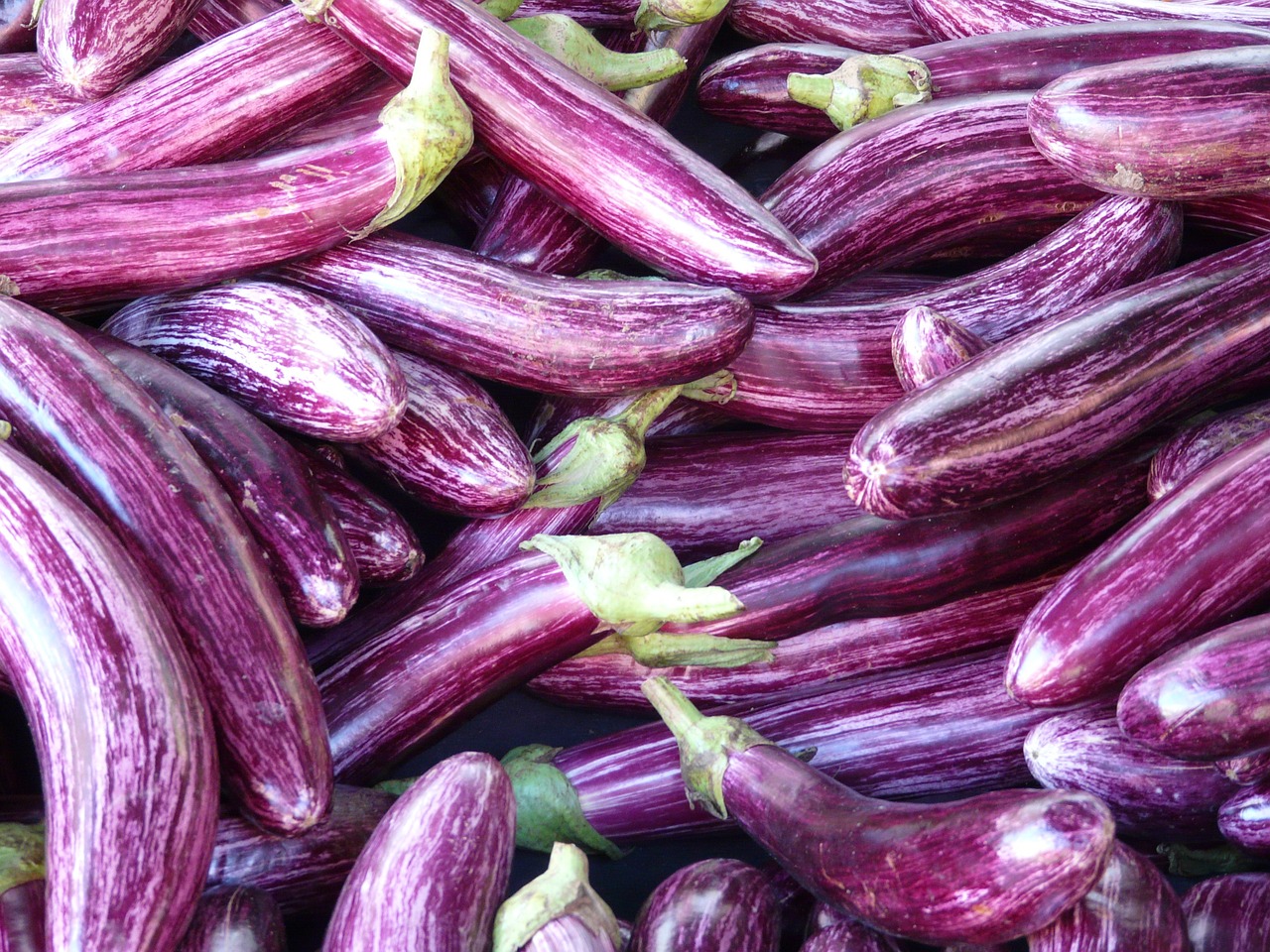


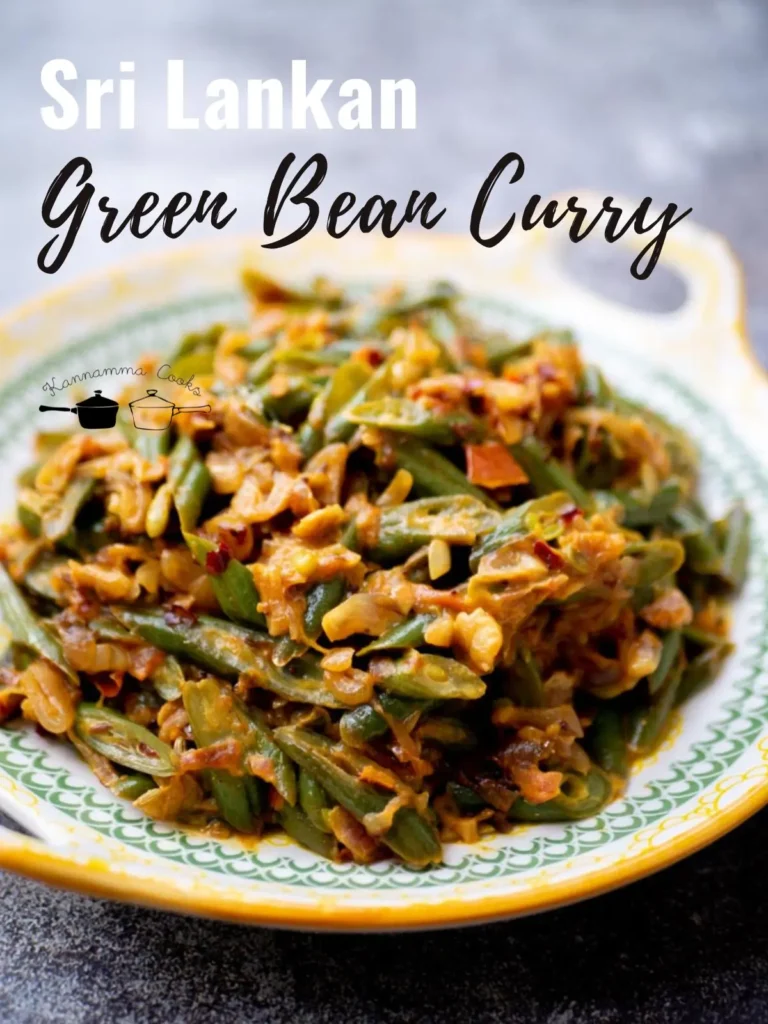
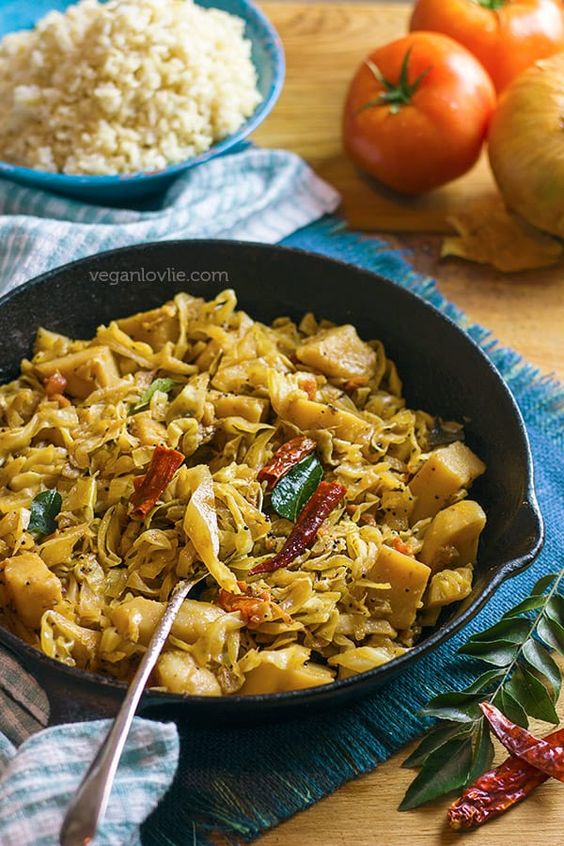
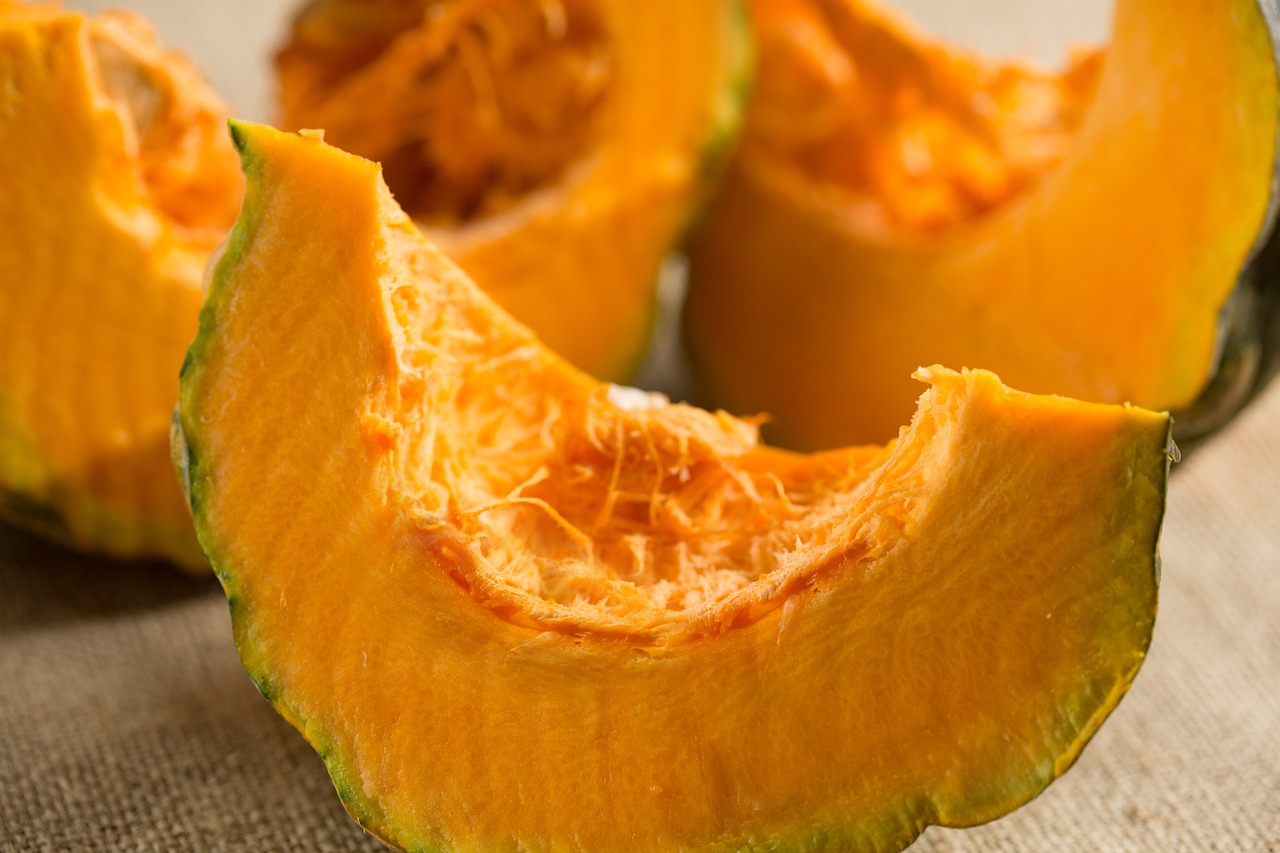
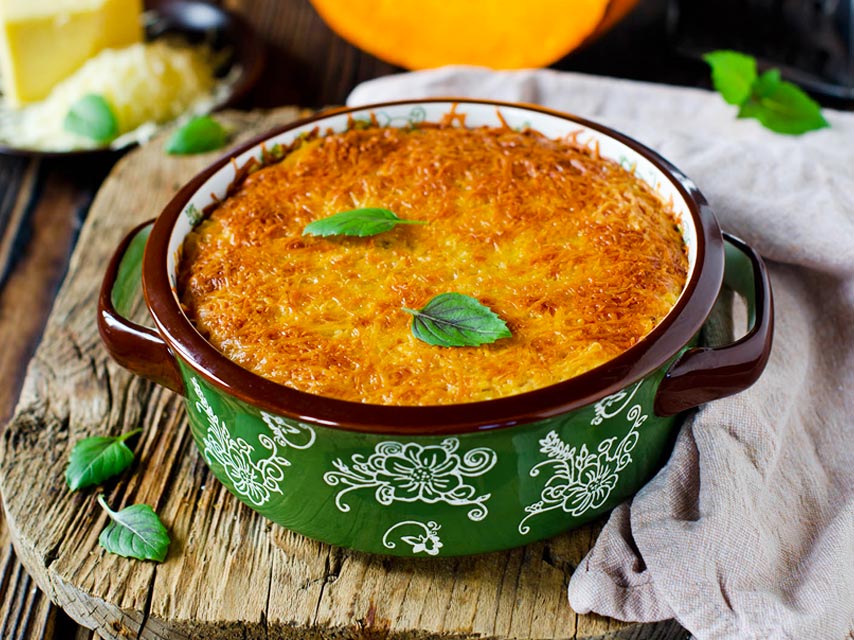

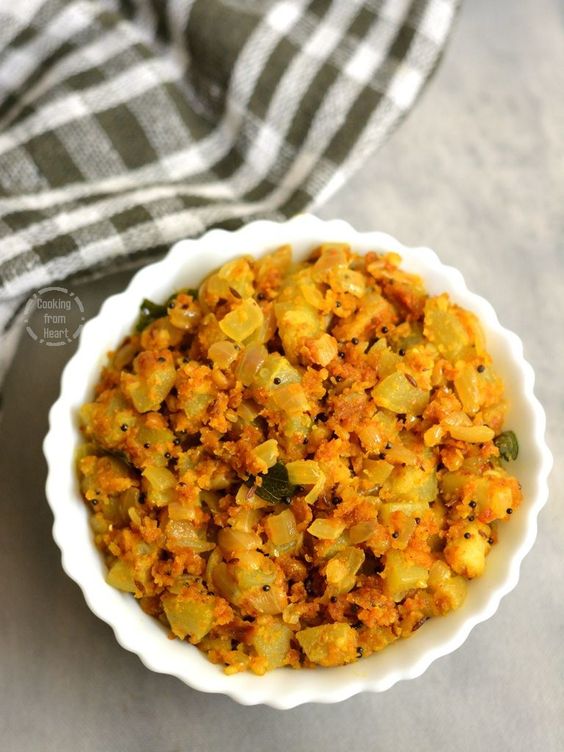
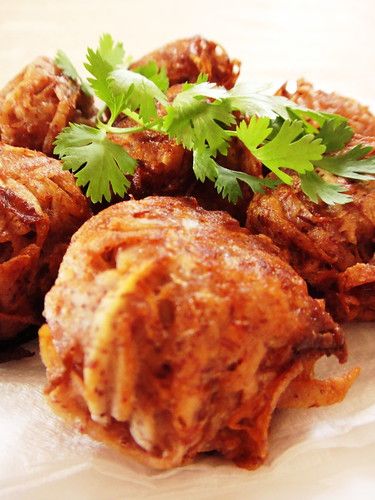





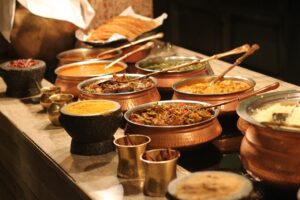


Recent Comments